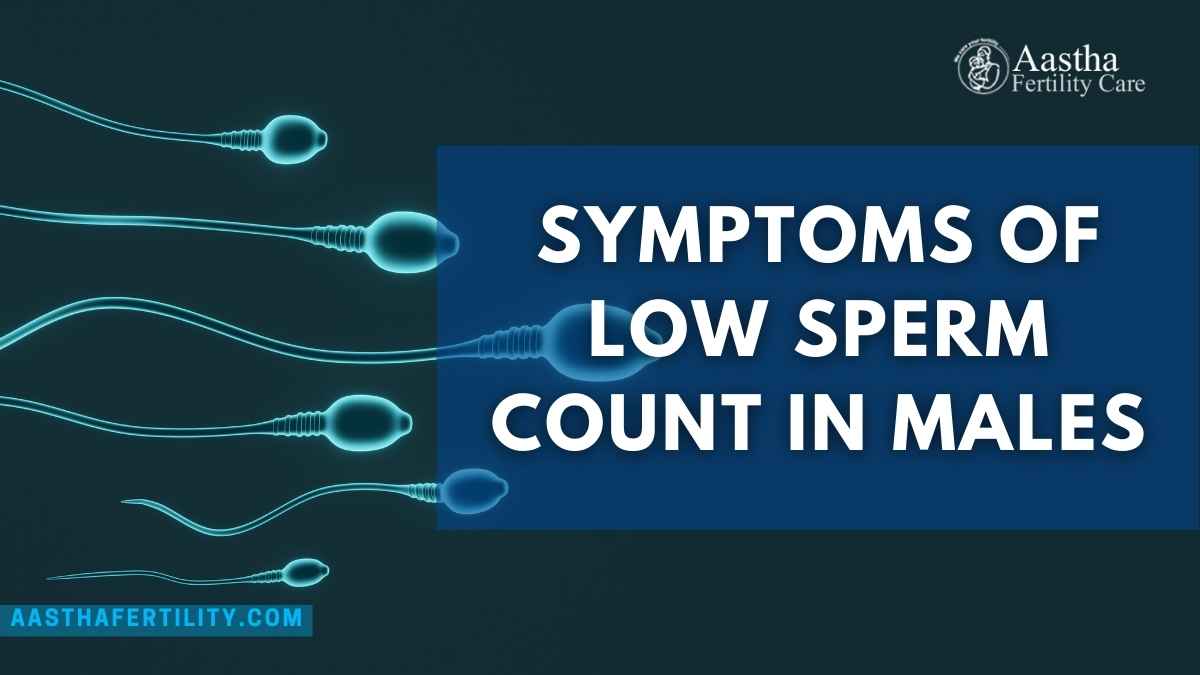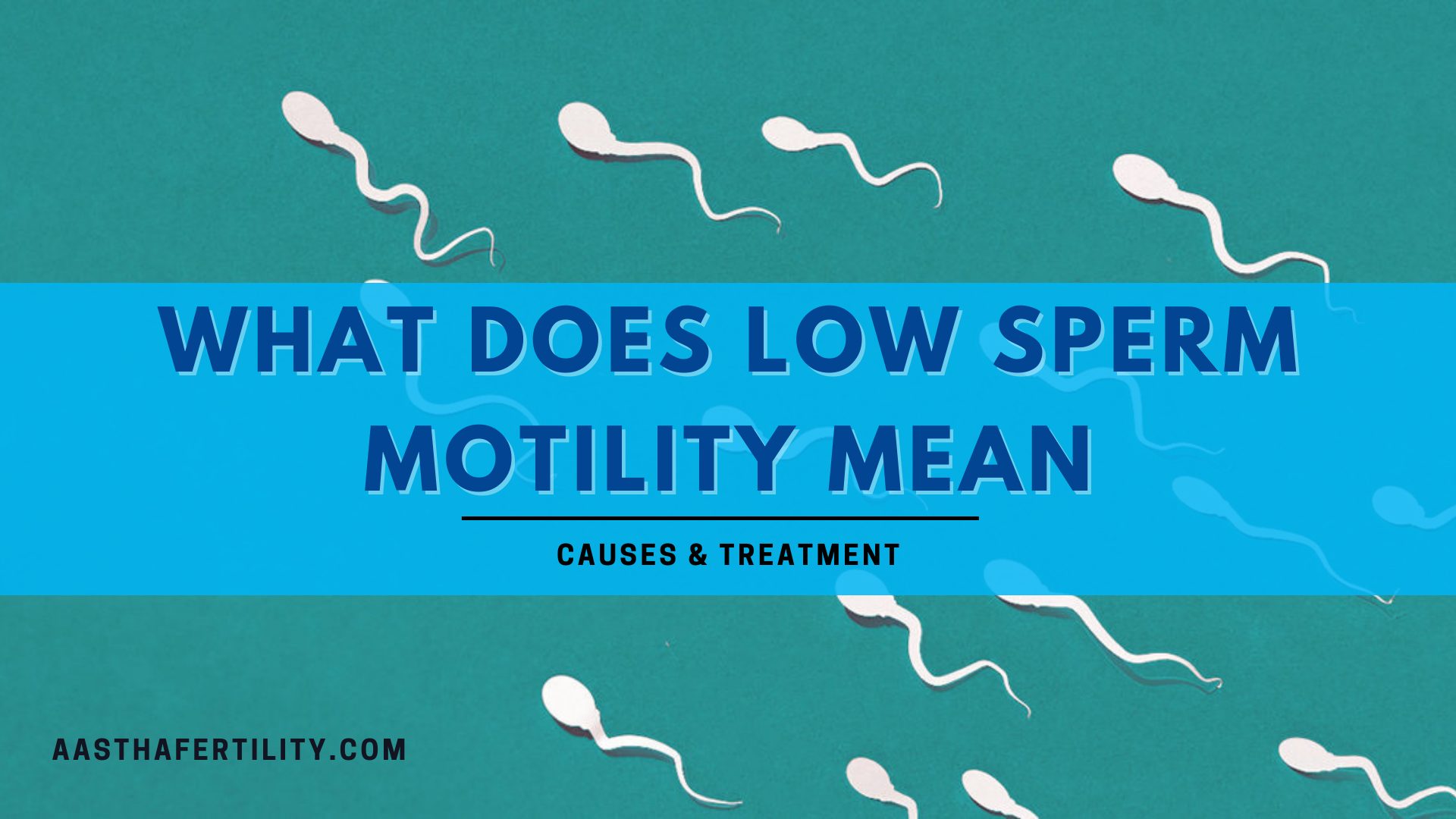Table of Contents
ToggleMale Infertility has raised concerns for thousands of couples worldwide, raising the difficulties in conceiving naturally.
While quantity and quality of sperm can be the major causes of male infertility, the inability to effectively ejaculate can also contribute to the issue, preventing a man from making a woman pregnant even after unprotected intercourse.
This condition is known as obstructive Azoospermia and is characterized by the absence of spermatozoa in man’s semen despite the normal development of sperm.
Two surgeries target Obstructive Azoospermia- TESA (Testicular Epididymal Sperm Aspiration) and TESE (Testicular Epididymal Sperm Extraction). All the men who have a blockage in the duct behind their testes, called the epididymis, can benefit from this surgery.
This blog will help you find detailed information about the TESA procedure, explaining how it is done and the benefits of this treatment.
What is TESA?
TESA or Testicular Sperm Aspiration is a sperm retrieval procedure that is beneficial for men who have a blockage in their sperm passage tube, making it difficult for them to ejaculate the sperms or reflect the absence of sperm on ejaculation.
The procedure is designed to treat male infertility issues, providing hope to aspiring couples with novel assisted reproductive techniques like ICSI, IVF. In addition, this treatment helps recover sperm from testicles further processed in the laboratory for IVF treatments or cryopreservation techniques.
Who is Ideal for TESA?
TESA is performed on azoospermic patients. Men lacking sperm in their semen are identified with a medical term called Azoospermia. This can make it difficult for couples to get pregnant, raising the infertility alarms. There are two types of Azoospermia-
1. Obstructive Azoospermia
In OA, man’s testes produce enough sperms but cannot ejaculate them. This possibly can be due to plumbing issues that prevent it from travelling out of the testes.
Some of the common OA causes are Vasectomy, a procedure where vas deferens are purposefully cut into half, either for birth control or for any external problems. Another reason can be Cystic Fibrosis, a congenital lung disease that affects fertility.
2. Non-Obstructive Azoospermia
NOA refers to disorders where a man produces abnormal sperm or leads to no sperm production.
Pretesticular Non-Obstructive Azoospermia or Testicular Non-Obstructive Azoospermia can cause these disorders, further related to hormonal changes, testicular cancer, and other issues.
Men with Obstructive Azoospermia (OA) are ideal for TESA as it helps dissect the sperm out of tubules from the testis.
What Happens During TESA Procedure?
Being minimally invasive, it can efficiently be conducted under local anaesthesia BUT in an IVF centre where there are facilities for Cryopreservation. Two simple steps included in TESA are:
Local Anesthesia
The patient will be given local anaesthesia initially that will help numb his testicles and the skin around them.
Extraction
After anaesthesia, a larger needle is inserted into the tubules and testicle from where the sperms are suctioned out with a syringe.
This surgery needs no stitches as no incisions are made during the procedure. Furthermore, if the sperms are not preserved or found during this technique, doctors will move ahead with TESE (testicular sperm extraction), extracting the sperms with further medical procedures.
How are TESA Sperms Used?
The total number of sperms retrieved through the TESA procedure is usually very low compared to those ejaculated during an orgasm. So, practitioners need to ensure that the sperms are extracted in combinations ideal for the IVF procedure or required for ICSI, reflecting the success of the TESA IVF procedure.
Your partner undergoing an IVF treatment also needs to get her eggs collected on the same day when TESA is performed. After this, extracted sperms are injected into females’ eggs, then fertilized and cultured for a few days in the laboratory before being transferred into the partner’s uterus.
What are the Benefits of TESA?
When men are diagnosed with infertility, they lose their hopes of impregnating a woman, assuming that they are completely sterile.
The quality and quantity of sperms usually reflect male infertility, but do they forget that there might be a condition preventing the travelling of sperms?
There are numerous ways for sperm harvesting, and the most cost-effective and most straightforward method is the aspiration of sperm. TESA helps determine this condition, finding out the root cause for infertility and solving it by retrieving the sperms from testicles or epididymis via a thin needle.
Under local anaesthesia or short intravenous sedation, the TESA procedure is performed with minimal discomfort and high sperm retrieval rate, facilitating pathological diagnosis.
What Are the Other Best Alternates For TESA?
TESA helps benefit the obstructive azoospermic patients, and a similar method called the micro TESE procedure helps benefit non-obstructive azoospermia and Oligospermia patients.
Microsurgical testicular sperm extraction is the best surgical procedure to retrieve the sperms from a male’s testes which cannot produce enough sperm.
MicroTESE is usually recommended when:
- A man has enough testosterone in his blood but can still not produce an average amount of sperm count.
- An Azoospermic patient is diagnosed with adequate testosterone levels for four months.
MicroTESE is the best alternative for Azoospermic patients who have good testosterone levels in their bodies but still lack the count during ejaculation. Furthermore, the success rate for microTESE procedures is also favourable, helping doctors find combinational sperm in 60% of their cases.
Frequently Asked Questions
1. What is the TESA procedure success rate?
The TESA IVF procedure has a similar success rate to ICSI/IVF treatment, done using fresh semen, reflecting more than 60% successful chances. Sperm extraction through TESA holds 80% success chances, increasing to 100% from TESE.
2. What does the TESA procedure cost?
This cost varies differently for all fertility clinics. For example, a team of experts at Aastha Fertility Care costs Rs. 15,000 – 18,000 for TESA procedure, further depending on the patient’s health.
3. What is TESA procedure recovery time?
The TESA procedure is conducted approximately 20-30 minutes, and the average recovery time is nearly a week.
Best Fertility Clinic for TESA Procedure
Aastha Fertility Center is the best IVF center for all infertility issues, providing ideal treatments and support to all their patients for fast recoveries and effective results.
The infertility experts have researched all the aspects of their treatments, presenting the complete report including pros and cons to patients for clarified decisions. As a result, the centre also holds India’s highest IVF success rate, equipped with high technology equipment and highly qualified doctors.
Book your Online Consultation Appointment to get assisted for all the reproductive and fertility issues!





Leave a comment